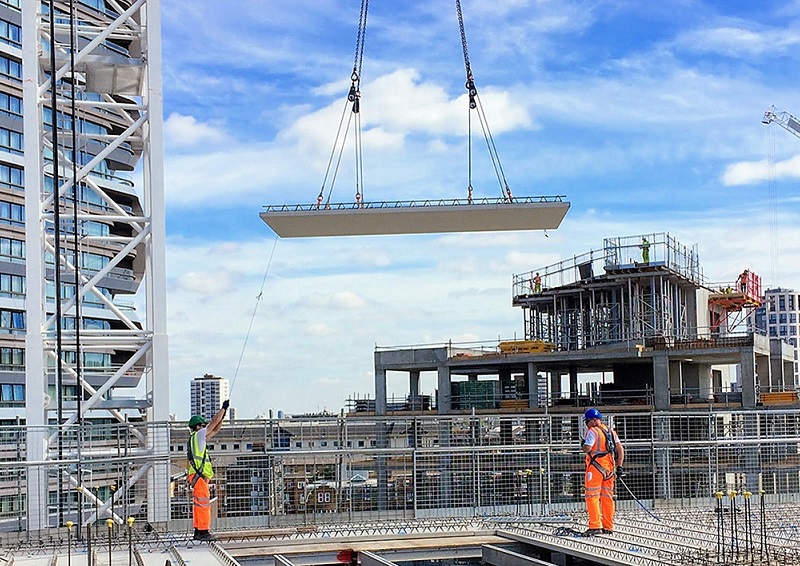Early use

|
As construction nears completion there can be considerable pressure to allow the client or tenants to take possession of part of a building or site, even if the works are ongoing or there are defects that have not been rectified.
This can be programmed as part of the works through a requirement for sectional completion, but in the absence of such a provision many contracts offer the more open-ended option of 'early use'.
Early use allows the client to use part of the site before the project is completed, i.e. practical completion is not deemed to have occurred. With early use, the risk remains with the contractor. This differs from partial possession, whereby the risk passes to the client, and any part to which it is given use is deemed to have achieved practical completion.
In addition to the certification of practical completion not being triggered by early use, neither is the commencement of the rectification period, release of retention, or liquidated and ascertained damages (LADs). However, if any delay or disruption is caused by the client to the works as a result of their early use, it may bring about claims by the contractor for extensions of time, as well as loss and expense.
It can be difficult to distinguish between partial possession and early use, and the application of the terms will often depend on the particular circumstances, the correspondence between the parties, and the provisions of the contract. Often, parties will adapt the standard forms of contract to make it easier to distinguish, such as by including an agreed access regime clarifying when and how the client can occupy works without triggering partial possession. It can also be amended so that the contractor waives their rights to make a claim for extension of time.
The courts tend to focus on establishing which is the relevant part of the site and which party has exclusive possession of it. If the client has exclusive possession then partial possession provisions will apply. If the contractor has exclusive possession then the early use provisions will apply.
[edit] Related articles on Designing Buildings Wiki
Featured articles and news
The UK’s largest air pollution campaign.
Future Homes Standard, now includes solar, but what else?
Will the new standard, due to in the Autumn, go far enough in terms of performance ?
BSRIA Briefing: Cleaner Air, Better tomorrow
A look back at issues relating to inside and outside air quality, discussed during the BSRIA briefing in 2023.
Restoring Abbotsford's hothouse
Bringing the writer Walter Scott's garden to life.
Reflections on the spending review with CIAT.
Retired firefighter cycles world to raise Grenfell funds
Leaving on 14 June 2025 Stephen will raise money for youth and schools through the Grenfell Foundation.
Key points for construction at a glance with industry reactions.
Functionality, visibility and sustainability
The simpler approach to specification.
Architects, architecture, buildings, and inspiration in film
The close ties between makers and the movies, with our long list of suggested viewing.
SELECT three-point plan for action issued to MSPs
Call for Scottish regulation, green skills and recognition of electrotechnical industry as part of a manifesto for Scottish Parliamentary elections.
UCEM becomes the University of the Built Environment
Major milestone in its 106-year history, follows recent merger with London School of Architecture (LSE).
Professional practical experience for Architects in training
The long process to transform the nature of education and professional practical experience in the Architecture profession following recent reports.
A people-first approach to retrofit
Moving away from the destructive paradigm of fabric-first.
International Electrician Day, 10 June 2025
Celebrating the role of electrical engineers from André-Marie Amperè, today and for the future.
New guide for clients launched at Houses of Parliament
'There has never been a more important time for clients to step up and ...ask the right questions'
The impact of recycled slate tiles
Innovation across the decades.
EPC changes for existing buildings
Changes and their context as the new RdSAP methodology comes into use from 15 June.























